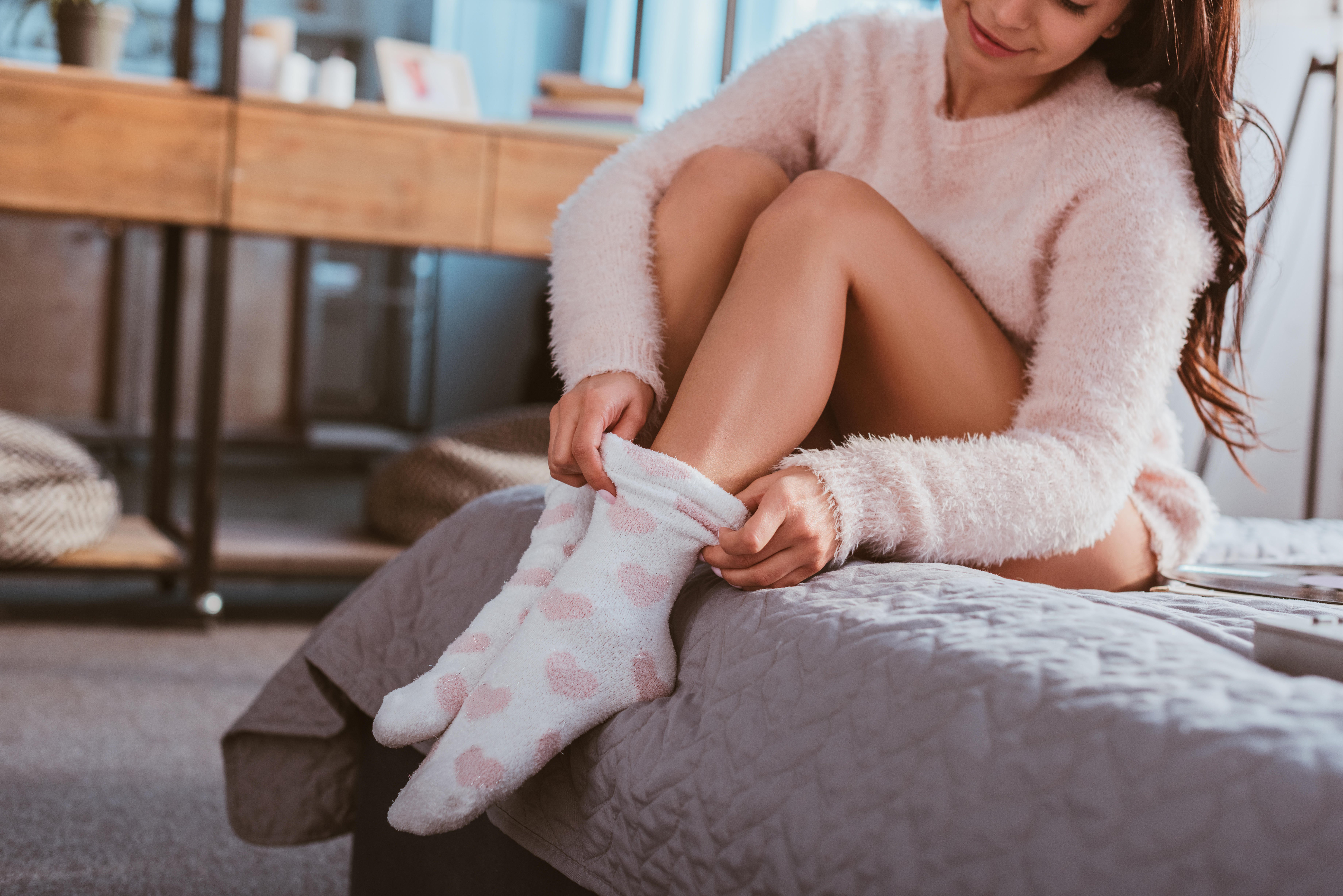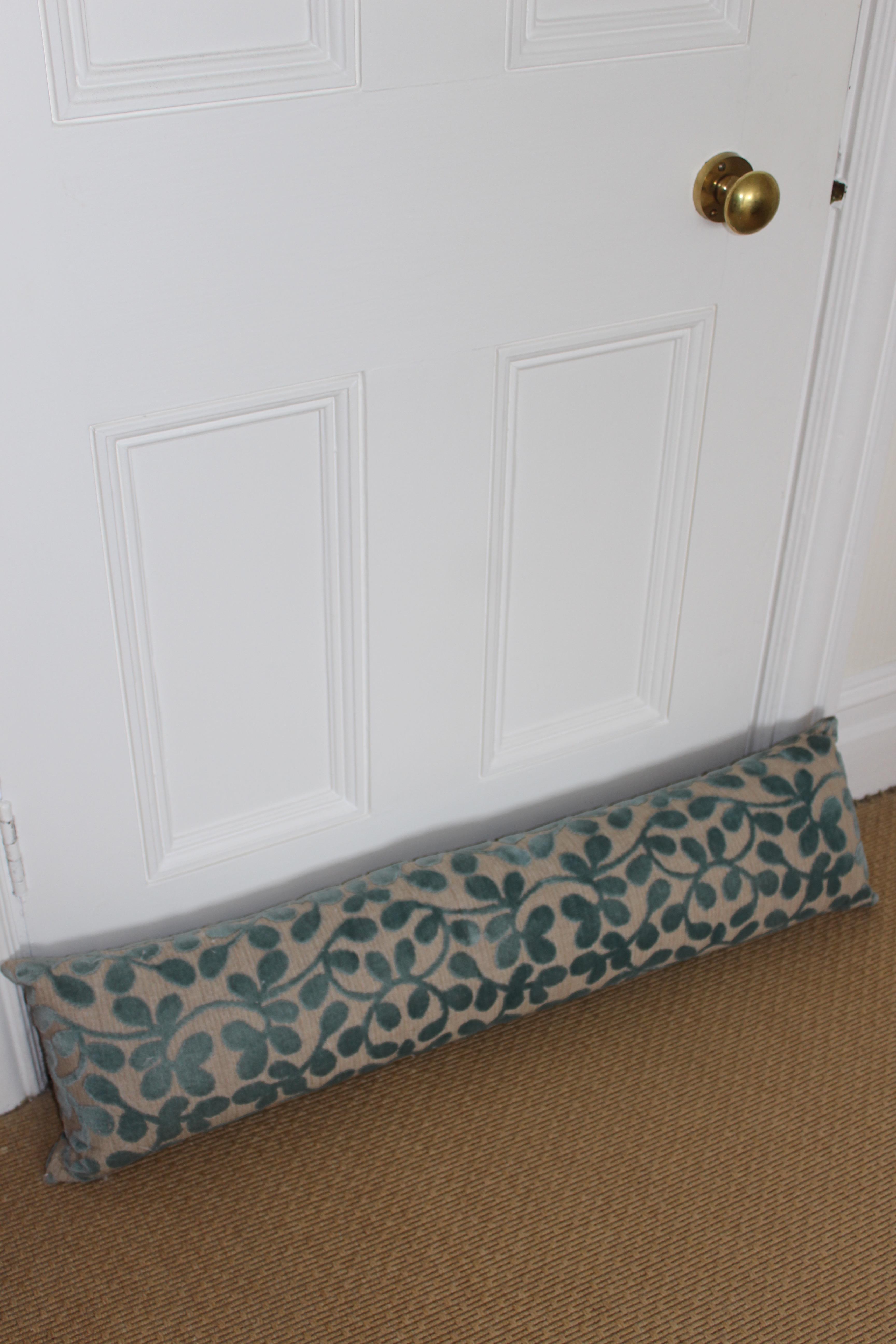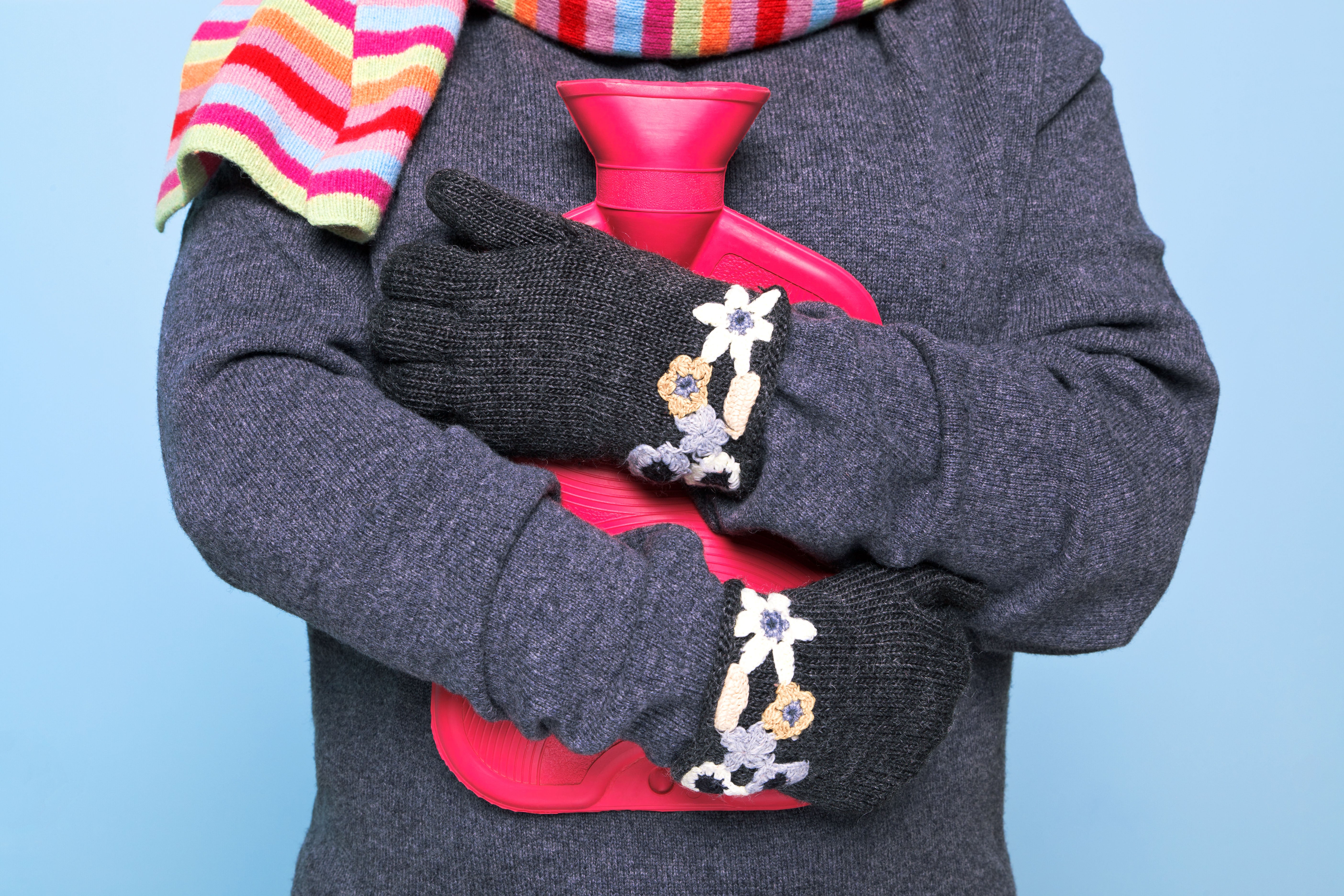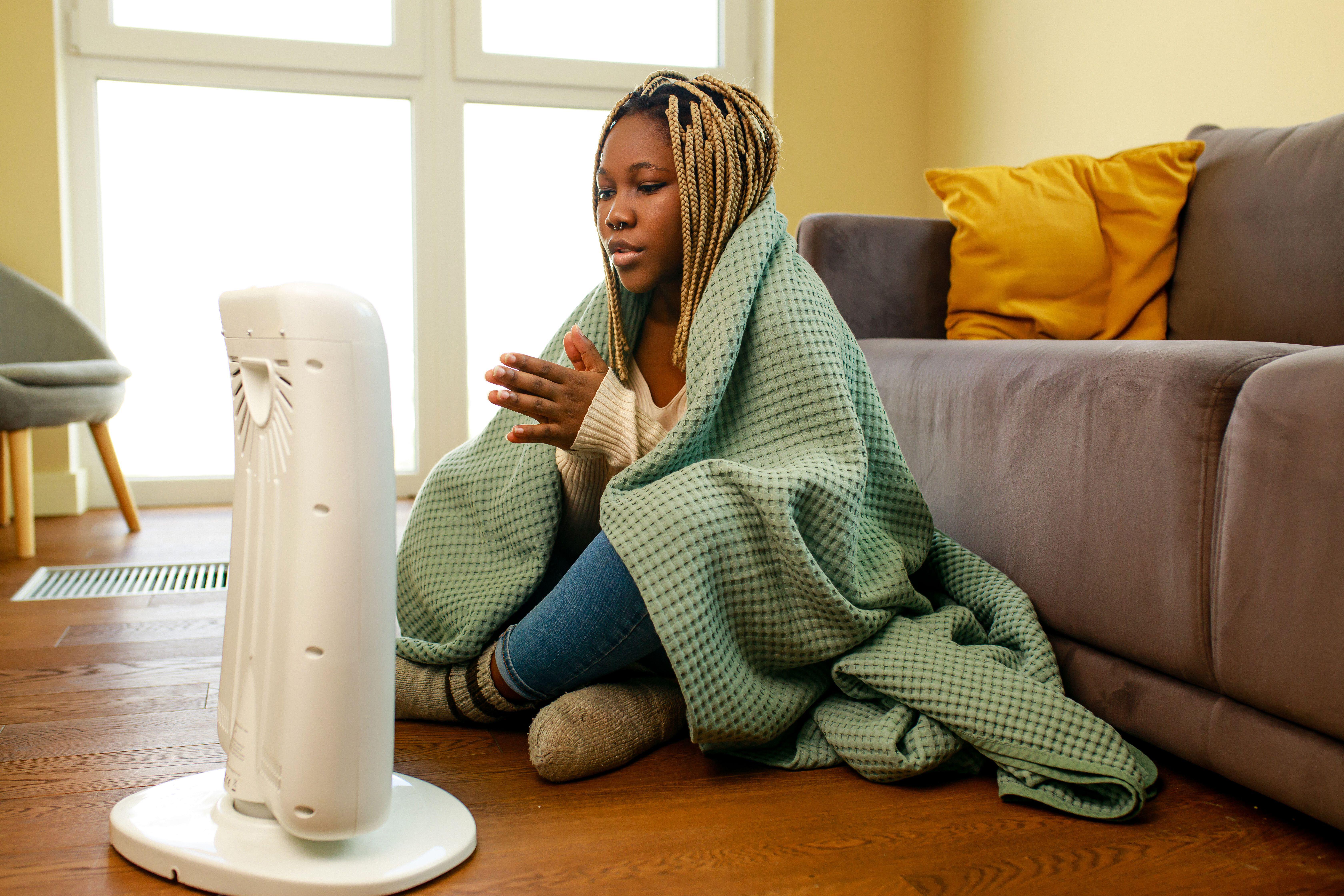With temperatures dipping to the minus figures across the UK, experts have revealed how to stay warm at home during the cooler months without turning the central heating up.
Keeping your feet warm
“Warm feet play a major role in contributing towards your body temperature and blood flow, therefore need to be looked after,” explains Stephen Hankinson, energy efficiency expert at Electric Radiators Direct.
“Layering up with thick and fluffy socks is an obvious yet great choice to keep your feet warm.

“Slippers work perfectly for wearing around the house as they not only add another layer of insulation, but they also provide better foot support and stop any potential slips happening on laminate or tiled flooring.”
He also suggests foot baths. “Consider soaking your feet in a warm foot bath, as this will help increase circulation and keep your feet warmer for longer. But make sure you properly dry your feet after, as lingering moisture will likely lead to colder feet,” adds Hankinson.
Layering up your clothing
Wearing warm clothes is not only important for comfort, but also for maintaining proper bodily functions.
“For those who struggle with dry skin conditions, the harsh winter weather may worsen this, therefore it is important to keep moisture locked in by wearing layers in cold temperatures,” explains Hankinson. “Exposure to extremely cold temperatures for lengthy periods of time poses the risk of life-threatening illnesses, such as hypothermia, particularly if your immune system is already weakened.
“Wearing layers of clothing made from insulating material such as thick cotton and wool is key in preventing any negative implications on your health during winter.”
He also suggests wrapping up in thick pyjamas and a cosy dressing gown when the temperature drops during the evenings.
Seal any draughts
Take some time to check your windows, doors and letterboxes for gaps where heat could escape and cold air could creep in.

“Weatherstripping, draught-proofing tape, or even a good old-fashioned draught excluder can work wonders,” says David Walter, chief growth officer at Utility Warehouse. “Insulation is another game-changer. If your loft or walls aren’t insulated properly, you’re basically paying to heat the outside world.”
Close your curtains and blinds
“Keeping your curtains closed while you’re out will help retain the heat throughout the day for when you come home,” says Helen O’Connor, product manager at 247 Blinds. “Thermally lined blinds placed inside the recess are a great solution to keep pesky draughts out and warm air in.
“Curtains that touch the floor are also much more likely to trap heat and stop it from escaping through the windows in the day.”
Roll out a rug
“Rooms with stone or hardwood floors can lose a lot of heat, but adding a rug can make a difference by creating a layer of thermal resistance between the floor and the rest of the room,” notes Walter.
“This helps to reduce heat loss and create a warmer atmosphere.”
Fill up a hot water bottle
A hot water bottle is an affordable and effective way to provide targeted warmth.

“They can be placed on specific areas of the body, such as your feet or lower back, to provide comforting heat exactly where it’s needed most,” says Hankinson. “They’re an ideal solution for adding an extra layer of warmth during the colder months, helping you stay snug and cosy while reducing your reliance on central heating.”
Plug in an electric heater
“Modern electric heaters provide instant warmth to individual rooms, making them an excellent choice for what’s known as ‘zoned heating’,” explains Hankinson. “Zoned heating allows you to control the temperature in specific areas of your home, tailoring comfort to your needs.

“Many electric heaters come with built-in thermostats, allowing you to set unique temperatures for each room, ensuring personalised comfort throughout your home.”
Reverse your ceiling fan
“Reverse ceiling fans are often overlooked, but can make a real difference by circulating warm air that naturally rises to the ceiling back down into the living space,” explains Hankinson. “This simple adjustment can be particularly useful in larger rooms or spaces with high ceilings, where warm air tends to escape upwards, leaving the lower areas cooler. ”
Consume warm food and drinks
“Consuming warm food and drinks not only makes you feel cosy from the inside, but also helps regulate your body temperature,” says Hankinson. “A hot cup of tea or a hearty bowl of soup is both a comforting and practical way to fend off the winter chill, keeping you warm and nourished as the temperatures drop.”
I grew up in one of the world’s coldest cities. Here’s how to stay warm
‘Ban empty calories’: Readers on diet, exercise and the UK’s weight loss problem
Are you tired all the time? This is when you should see your GP
The warnings signs of cold hands and feet you should never ignore
The simple exercise to boost weight loss while working
Doctor reveals why cold weather affects your body – and how to stay healthy







